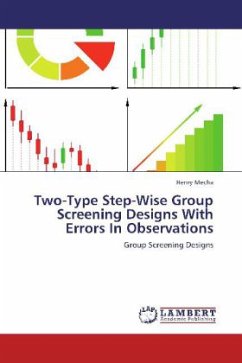
Two-Stage Group Sequential Designs for Delayed Treatment Responses
Versandkostenfrei!
Versandfertig in 6-10 Tagen
40,99 €
inkl. MwSt.

PAYBACK Punkte
20 °P sammeln!
Common statistical theory applicable to confirmatory phase III trial designs implicitly comes with the assumption that there is no time gap between the enrollment of a patient and the observation of the outcome of interest and that all patients are enrolled at the same time. In practice, however, patients are recruited successively and there mostly is a latency between the enrollment of a patient and the availability of the primary outcome measure. For designs with interim analyses, however, the number of patients already enrolled into the trial and the number of patients with primary outcome ...
Common statistical theory applicable to confirmatory phase III trial designs implicitly comes with the assumption that there is no time gap between the enrollment of a patient and the observation of the outcome of interest and that all patients are enrolled at the same time. In practice, however, patients are recruited successively and there mostly is a latency between the enrollment of a patient and the availability of the primary outcome measure. For designs with interim analyses, however, the number of patients already enrolled into the trial and the number of patients with primary outcome measurements available differ during interim. In this master's thesis, different methods formally addressing patients who have already been enrolled but not yet observed, the so-called pipeline patients, will be presented and compared with respect to performance and operational aspects.












